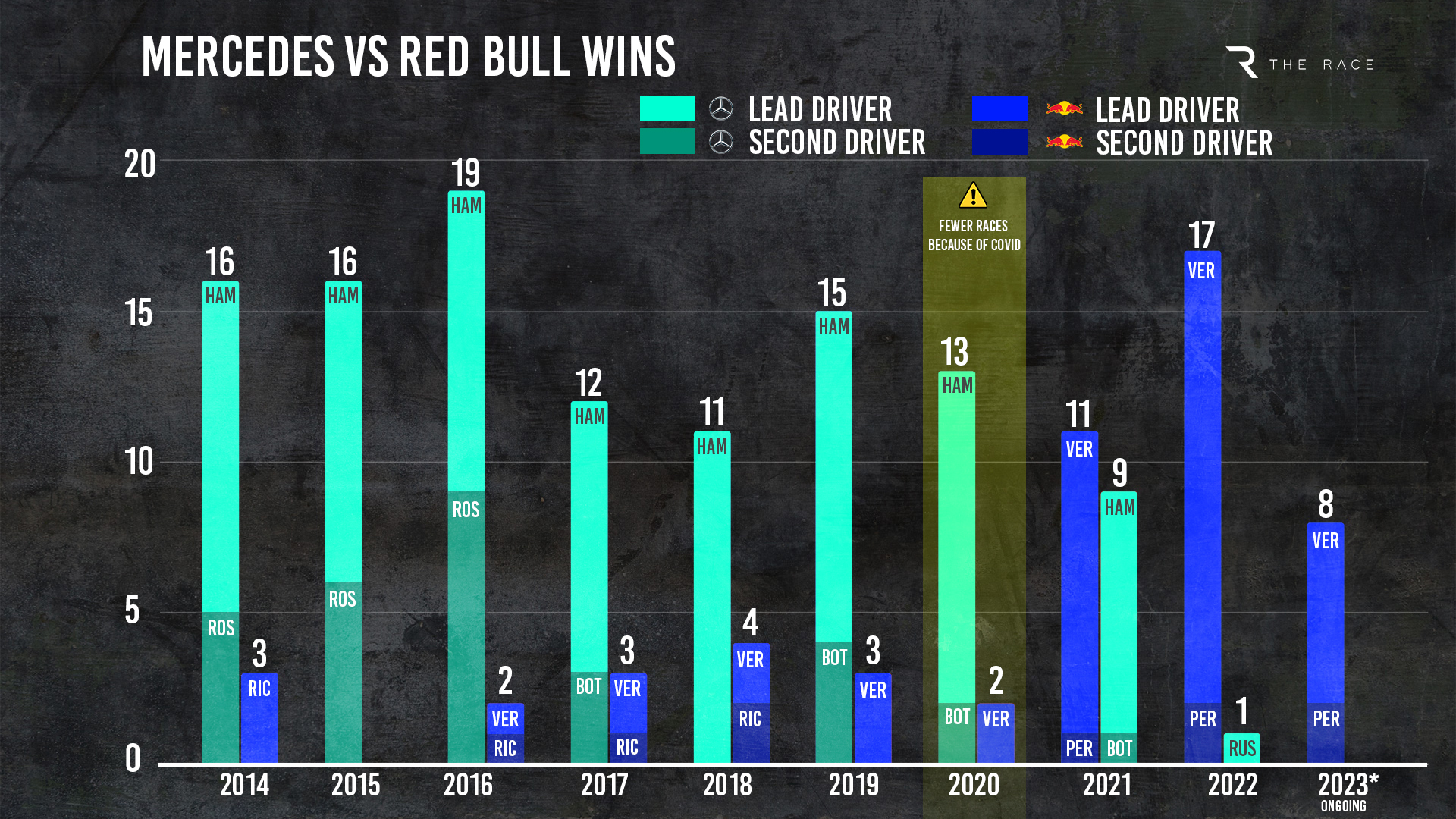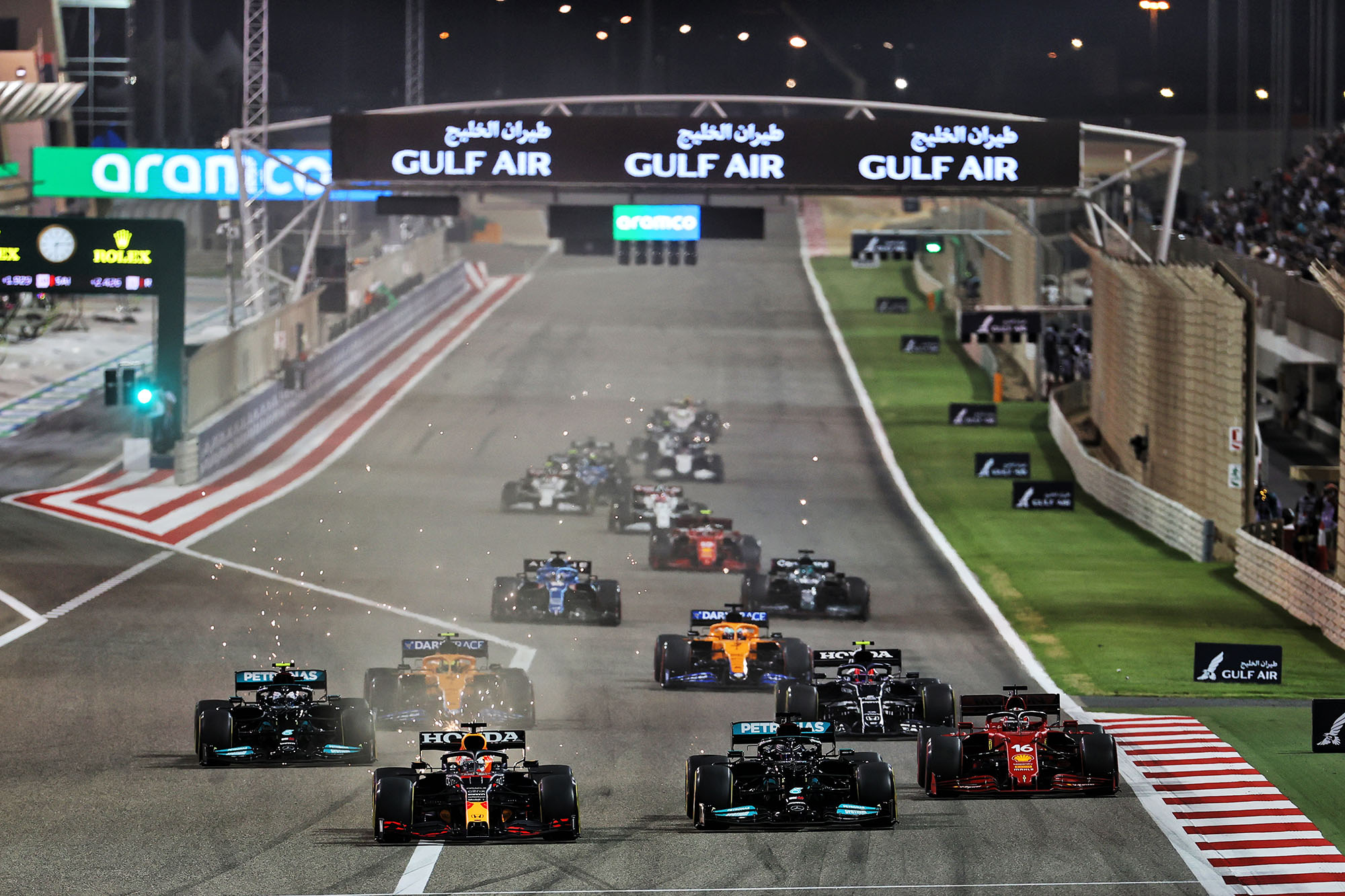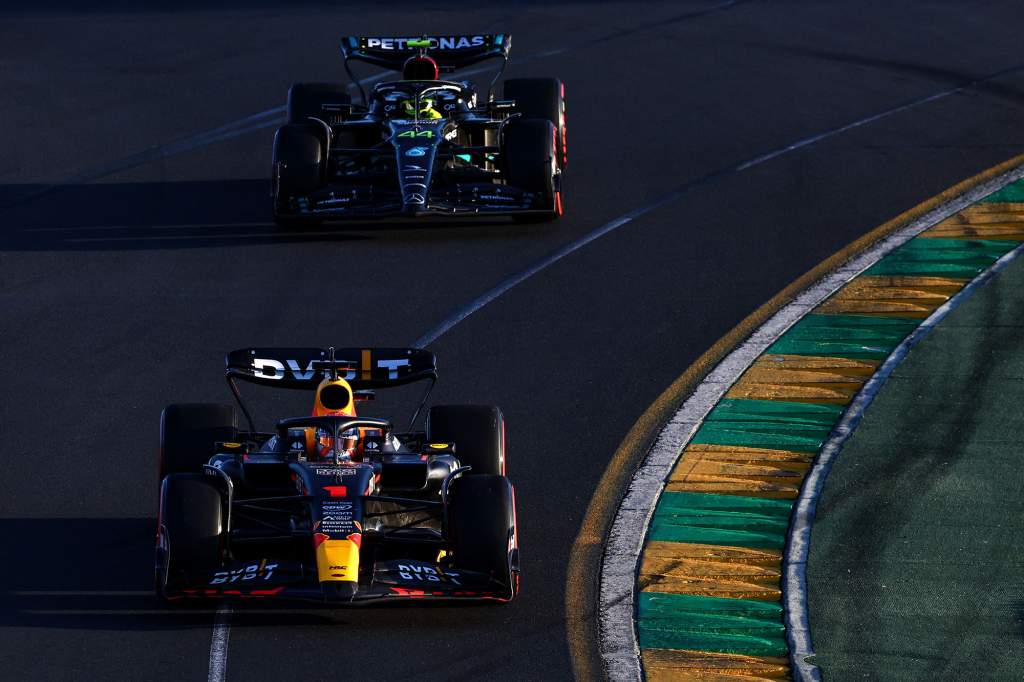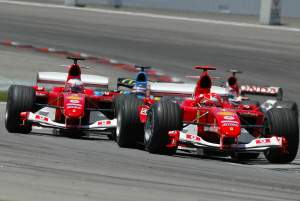Up Next

I was very surprised when I heard Lewis Hamilton’s comments on how he thinks Formula 1 should reduce the potential for one team having a period of domination by restricting when teams could start developing the following year’s car.
I know as we all get older we get more forgetful, but I didn’t think it happened that quickly. Though I suppose, in fairness, he did say his idea partly came from how Mercedes used to get its big advantages when he was dominating and a worry that teams are getting more dominant for longer now.
We could go back for as many decades as Formula 1 has existed to check dominance patterns but over those years it has changed dramatically. So simply looking back to 2014, when these hybrid regulations came into play and Mercedes started its winning streak, I have listed the team with most wins, how many wins its best-performing driver achieved, and how Red Bull or Mercedes compared to that in the seasons they weren’t on top.

Lewis needs to remember the good times when he was winning races and championships. Red Bull through the early years of these hybrid regulations had to live with being beaten. Coming after four previous years as double championship winner over 2010-13 that was not easy to take but Red Bull didn’t call for the FIA intervene by basically punishing the constructor that did the best job.
Hamilton wants to put into place a set of control regulations similar to what was introduced when the current ground effect regulations were delayed due to the COVID pandemic. But that was a very different set of circumstances.
This was achieved with these two new entries in the sporting regs:
1.4 In order to prevent testing which aims to develop for the 2022 season, from 28/03/2020 until 31/12/2020, RWTT [restricted windtunnel testing] may only be carried out using a scale model that substantially complies with the 2020 or 2021 F1 Technical Regulations. No windtunnel testing may be carried out using car geometry partially or wholly compliant with and/or substantially derived from the 2022 F1 Technical Regulations.
2.4 In order to prevent CFD simulations which aim to develop for the 2022 season, from 28/03/2020 until 31/12/2020, RCFDs [restricted CFD testing] may only be carried out using geometries that substantially comply with the 2020 or 2021 F1 Technical Regulations. No CFD simulations may be carried out using car geometry partially or wholly compliant with and/or substantially derived from the 2022 F1 Technical Regulations.
The change in the regulations from 2020/2021 to the ground effect era, which was initially planned for 2021 but delayed to 2022 because of the pandemic, meant that there was a clear change in the cars’ geometry. That is not the case from 2023 to 2024 or 2025 as the regulations are staying more or less the same so it would be very difficult to define what was simply development of the current car or research for the seasons ahead if Hamilton’s idea was put into the rules.
If someone was really serious then they could generate a rule that states that you have to use the same chassis or at the minimum the same chassis geometry but that would then be a new set of arguments. What would Mercedes then do to change its driver position, which is something that Hamilton has complained about not very long ago?
Formula 1 has and should always be about reacting to a situation, and finding the solutions to getting yourself out of the problems that you have created. It’s not about being regulated against just because you did a better job than the others.
The rules should be all about letting the teams that haven’t done as good a job have enough time and opportunity to catch up with those that are setting the pace.
It’s the old story of diminishing returns. Red Bull has less headroom to improve relative to whoever is at the back of the pecking order – that said, it also has a better understanding of what direction to take to keep move forward.
However that doesn’t always turn out positive, we have seen dominant teams – for example Mercedes in 2021 – trip up and lose their way even when the overall regulations were more or less stable.

The budget cap should be such that it controls excess expenditure that allows teams to dominate. In my opinion, it should encompass the complete team’s spending. That means all staff including the top three earners and the drivers should come under the cost cap as those are very important parts if you want any sort of equality across the grid.
If necessary, I’m all for limiting the amount of changes you can make to the car over a season, but to limit when you can start to ‘think’ about next year’s car to me seems a bit hypocritical.
After all, Mercedes will be the first to say it benefitted most from the change to the hybrid regulations by simply starting that area of research earlier than all the other power unit manufacturers.
The simple answer is to get on with sorting out your own house and don’t try to handcuff the other teams just because they did a better job and you screwed up.




